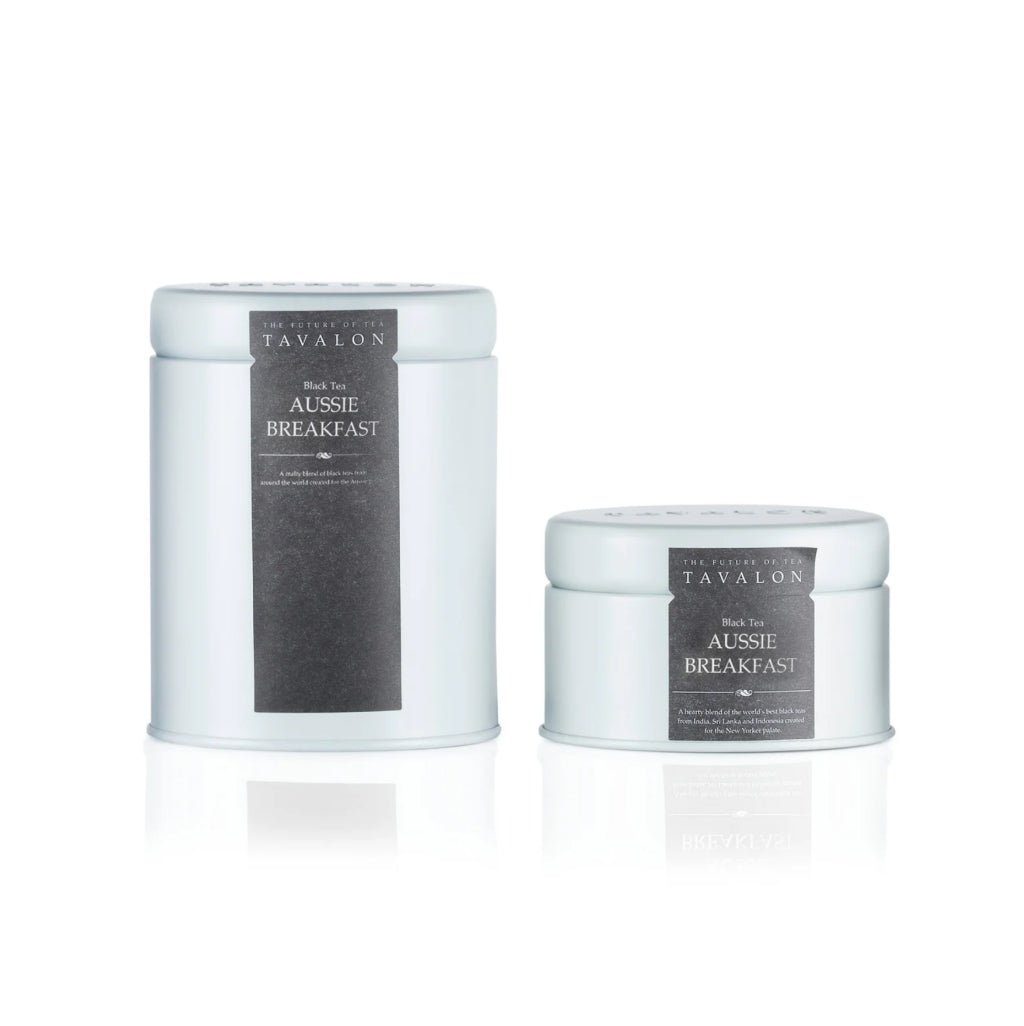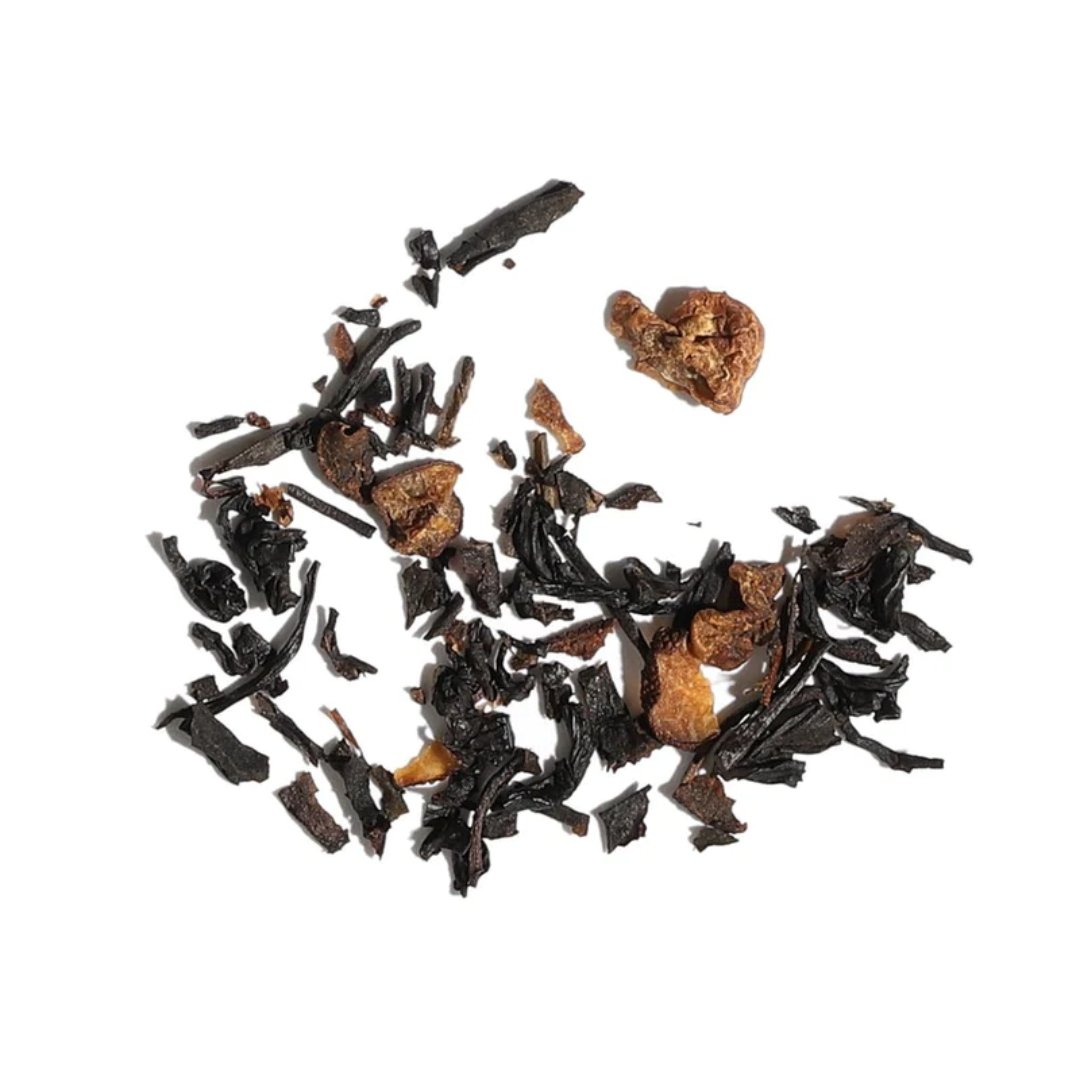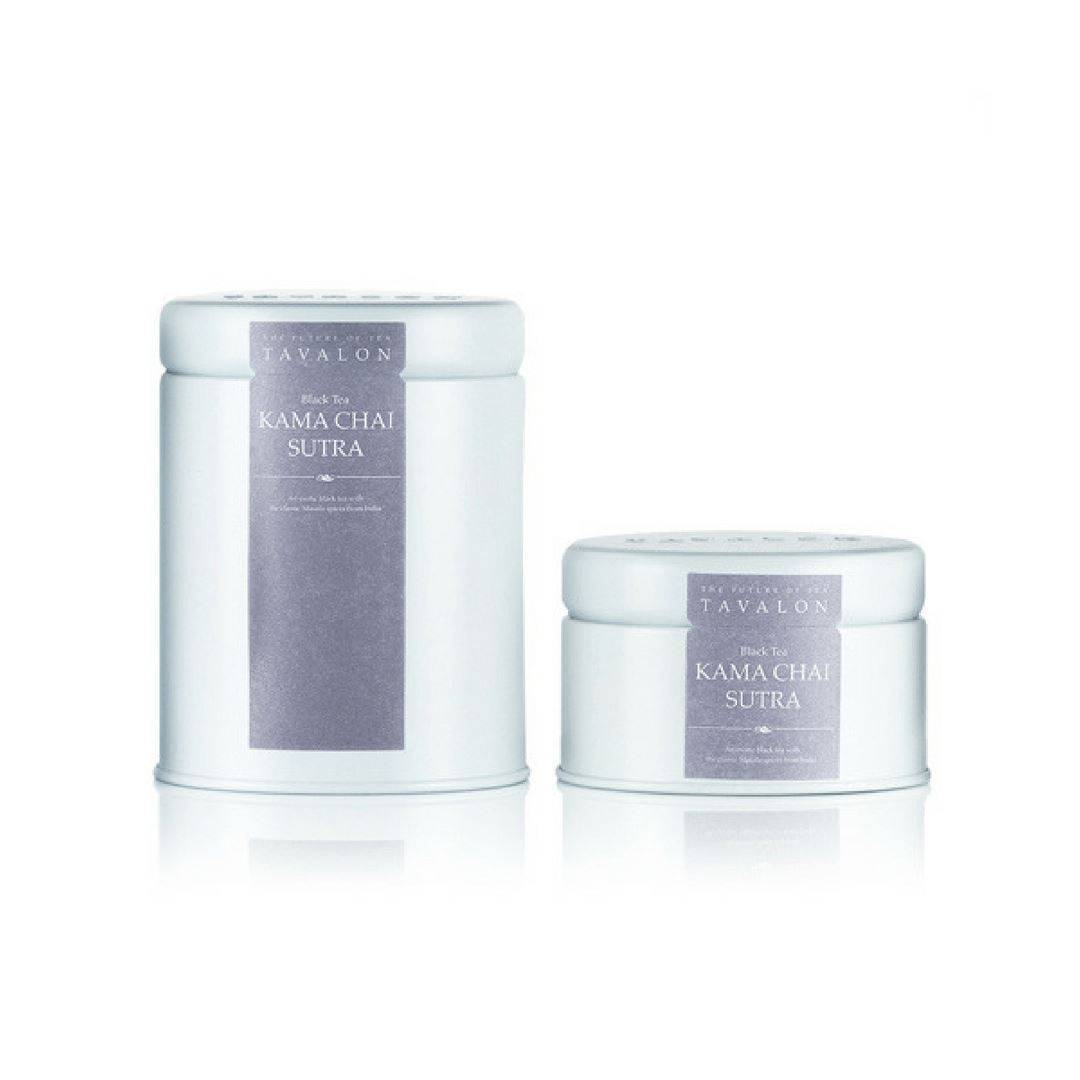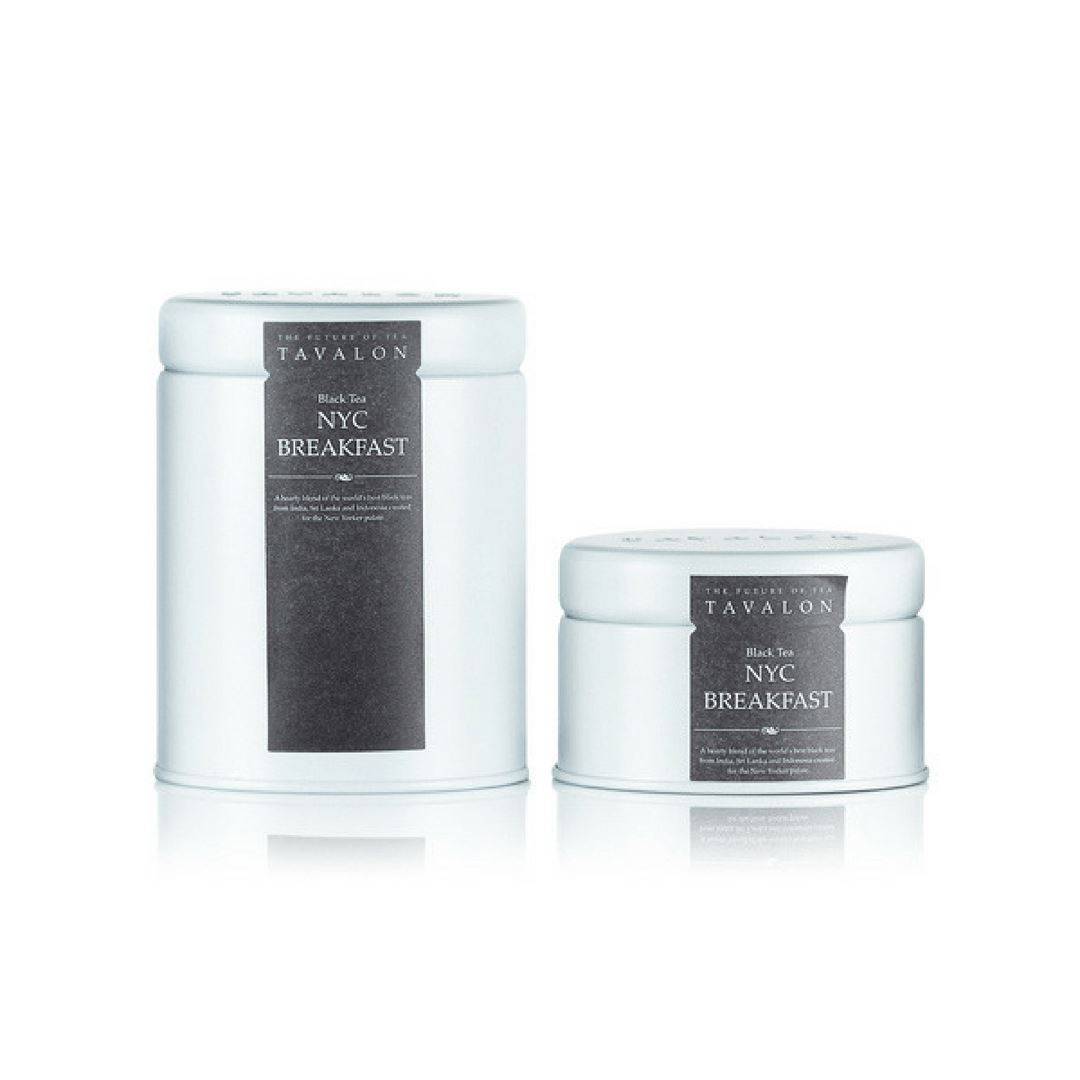I went to the Langham in the Gold Coast and they had the Tavalon Genmaicha. It is the best tea I have ever had. I have now bought 3 boxes! I love it that much
Thank you so much, Venessa!
We’re absolutely delighted to hear that you discovered our Genmaicha at the Langham and loved it enough to bring it home; three boxes truly means a lot! It’s wonderful to know it’s become your favourite tea.
We appreciate your support so much, and we’d love to serve you again anytime. Enjoy every comforting cup ☕️✨
This little tea bag is so full of flavour, you will certainly go back time and time again. Lovely and refreshing at any time of the day, or night!
Thank you so much, Joanne!
We’re delighted to hear how much you’re enjoying the Earl Grey; it truly is amazing how much flavour one little teabag can hold. We're so happy it’s become a go-to for you any time of day (or night!).
We really appreciate your kind words and support, and we’d love to welcome you back anytime you feel like exploring more delicious blends ☕
This gravity teapot is so handy. It doesn't waste any team and the brew is perfect. Good quality materials and easy to clean.
Thank you so much for your lovely words, Mel ✨
We’re thrilled to hear you’re loving the Gravity Teapot; it really does make brewing effortless and enjoyable. We’re glad you’ve found it easy to use, perfectly brewing every cup without waste.
We truly appreciate your kind words and can’t wait to have you back for more tea and accessories soon ☕
Since receiving a gift tea bag of your Genmaicha green tea I fell in love. The fragrance and flavour remained in my senses for a while, so much so I had to purchase my first order of the small loose leaf tea and teapot. I fell in love again, and recently bought
Thank you so much, Johanne ✨
What a beautiful review; we’re absolutely delighted to hear that our Genmaicha made such a lasting impression. Its warm, toasty aroma and delicate green tea flavour really do make it something special
It’s wonderful that your first taste led to your own tea and teapot order and that you’ve fallen in love all over again!
We truly appreciate your support and can’t wait to keep sharing more tea moments with you ☕
I would have liked Glass, but this is a perfect compliment to the Teacup.
A must to purchase together.
Thank you so much, Kat ✨
We’re so glad you’re enjoying the Gravity Teapot and that it pairs perfectly with your Clear Teacup Set; such a beautiful combo!
While glass would look stunning, we’re thrilled this one has become the perfect match for your tea moments.
We truly appreciate your support and can’t wait to have you back for more tea essentials soon ☕







